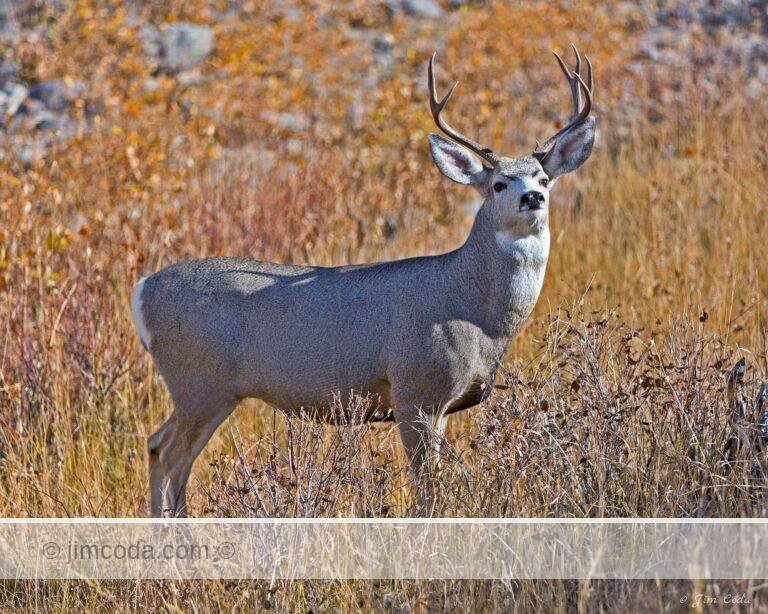Category: Uncategorized
A Face Only a Mother Could Love; Somewhere in Idaho
On my drive to Yellowstone last September I saw several...
Young Domestic Goat (“Kid”); Petaluma, California
I took a drive yesterday looking for lambs...
This foal is small enough to put in the passenger seat of my car.
I went for a drive in the farm country...
Eurasian-collared Dove, Native to India
As I go through my images taken at Point Reyes in upgrading the...
I do a lot of wildlife photography from my car using a heavy Canon super-telephoto lens as my main lens. ...
Coyote, Point Reyes National Seashore
I’ve seen this coyote a number of times. He’s easy...
Overseeing His Covey
I liked the lichen-covered post this guy hopped up on at the Pierce Point Ranch...
No articles found
Prints for sale
Browse my selection of photos for sale as fine art prints
Filter by category
Sorry, no prints in this category









